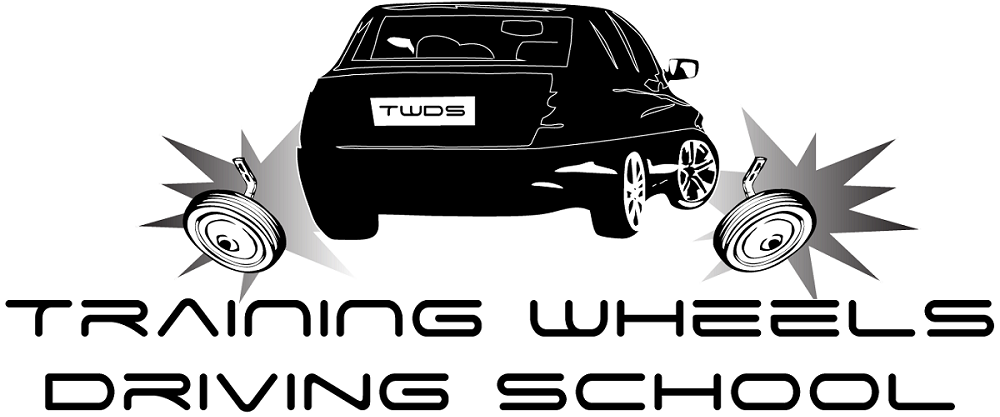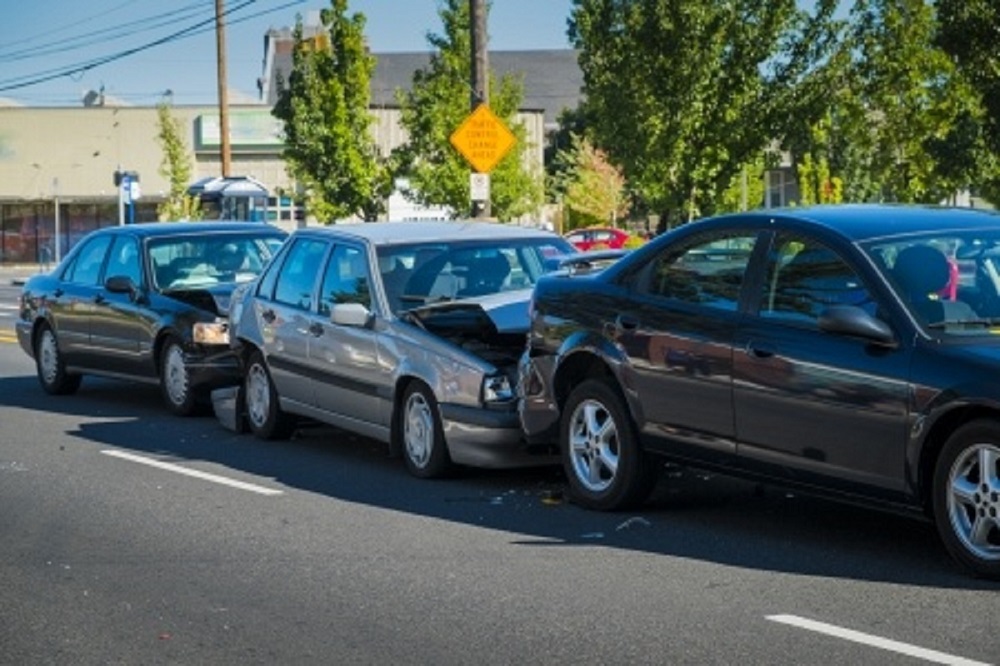Three Ways You Can Avoid a Fender Bender
Rear end collisions, also called fender benders, are the most common type of crashes occuring on the road in the US. These collisions in which one vehicle strikes the back of another vehicle represent nearly one third of all crashes in the country – this according to the National Highway Traffic Safety Administration. While these crashes are rarely fatal, they can often cause major injuries to drivers and passengers as well as significant damage to vehicles. Here are some tips to help you avoid them.
Be Alert
Being aware of your surroundings while driving is important to avoiding a rear end collision and really all incidents on the road. Make sure to scan the road ahead and be aware of road conditions as they change. This also includes keeping an eye on what is going on behind and beside your vehicle as well. Unexpected situations, such as a stopped vehicle, debris in the roadway, an emergency vehicle, or an accident can be the catalyst to getting into a fender bender when drivers are not paying attention. It is important to make sure the car’s mirrors are adjusted properly for an optimal view of one’s surroundings.
Keep a Safe Distance
When driving on rural roads or major highways, it is important to make sure to keep a safe following distance from the vehicle riding in front of you. Keeping an ample amount of distance gives the car more room to stop if needed without having to slam on the breaks. The Department of Motor Vehicles for many states as well as the National Safety Council recommend using the “three second rule” to help judge a safe following distance between your vehicle and the vehicle traveling in front of you.
Be Predictable
When driving, make sure to let others drivers know what you are doing by using turn signals and stopping slowly and gradually. Using turn signals alerts others drivers that you are attempting to make a lane change and may prompt them to slow down or speed up to give more room to get into the desired lane. Braking more slowly also lets drivers know you are slowing down or coming to a stop, which will give them more time to react and help both parties avoid an accident on the road. Make sure to check signal and break lights frequently to ensure they are working properly.
Think you or someone you know is need of Behind the Wheel Training? Training Wheels is an Ocean City driving school specializing in teaching new teen drivers how to stay safe on the road. For more information on our lessons, please click here.
Copyright: rcphoto / 123RF Stock Photo

